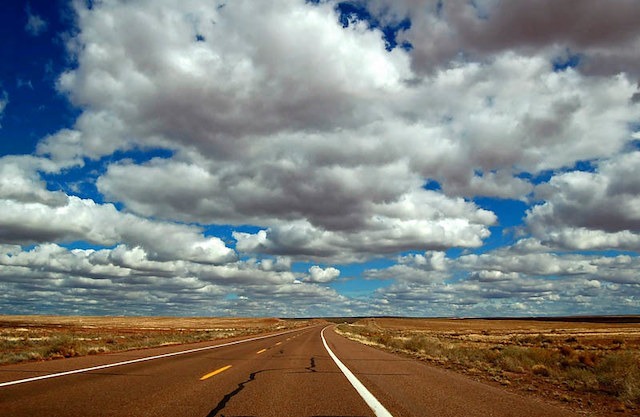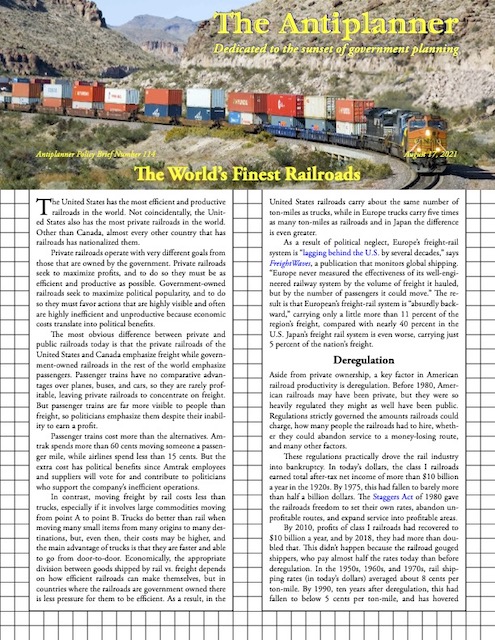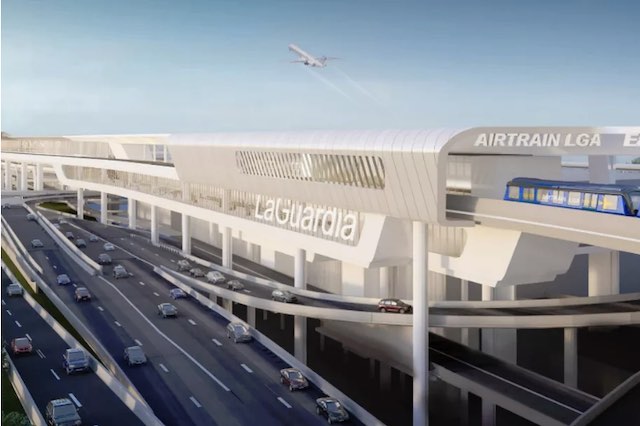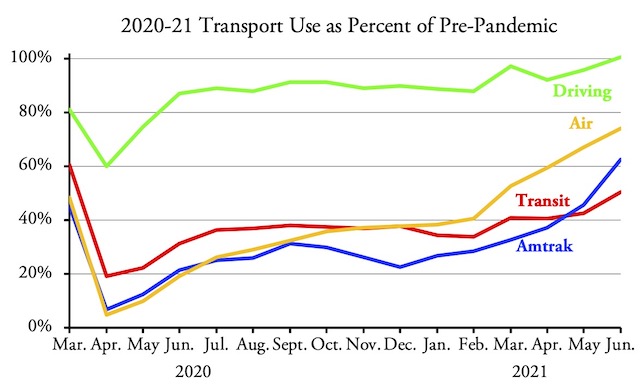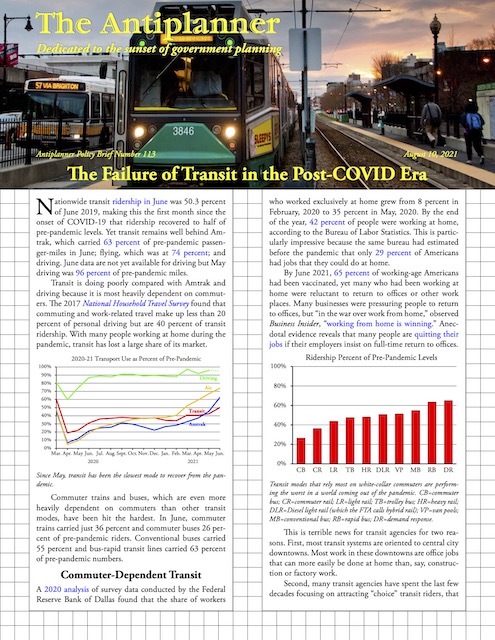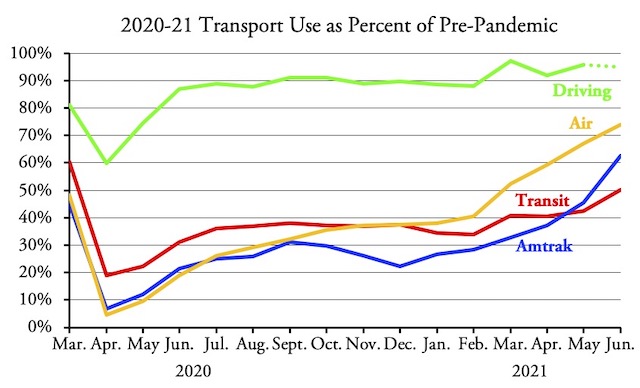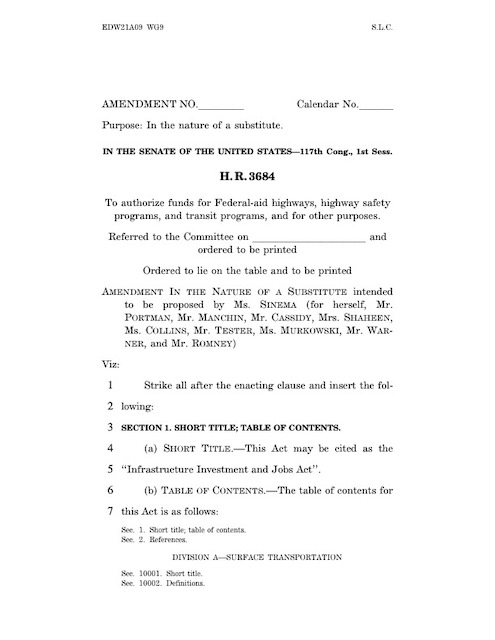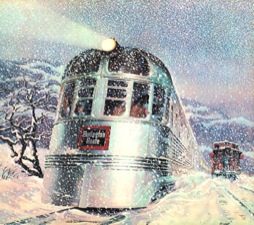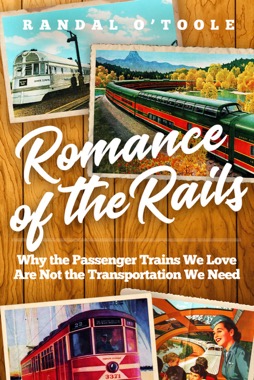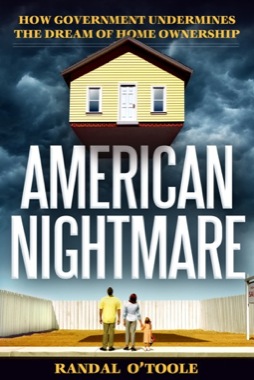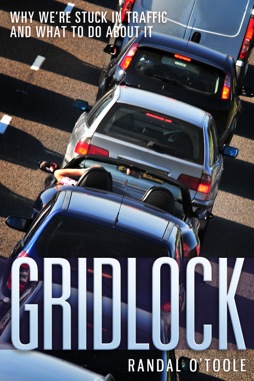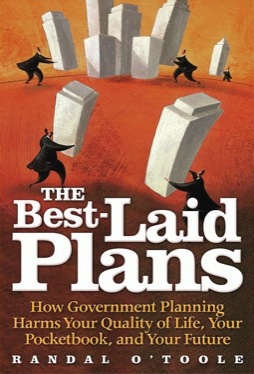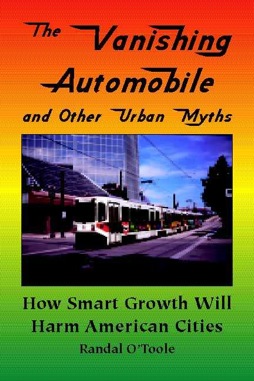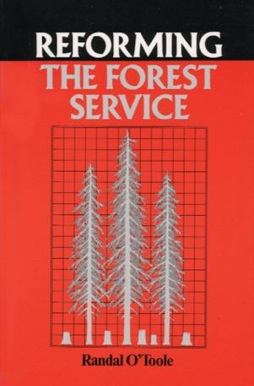Automobile accidents can be horrible and tragic and we should take the most cost-effective steps we can to reduce or eliminate them. But anti-auto people aren’t interested in cost-effectiveness: they just want to do whatever feels good no matter how much it hurts society.
“Out on the highways there was such a sense of freedom — I thought I would explode from sheer happiness,” wrote the photographer. Yet others look at this picture and all they see is costs and externalities. Photo by Gayle Nicholson.
Case in point: a recent article in Bloomberg’s CityLab argues that automobile advertising promotes dangerous behavior and should be strictly regulated. Apparently, one brand of cars saying that their vehicles are “tough” and another brand saying that their vehicles will “thrill you” encourage people to drive too fast or too recklessly. Continue reading

